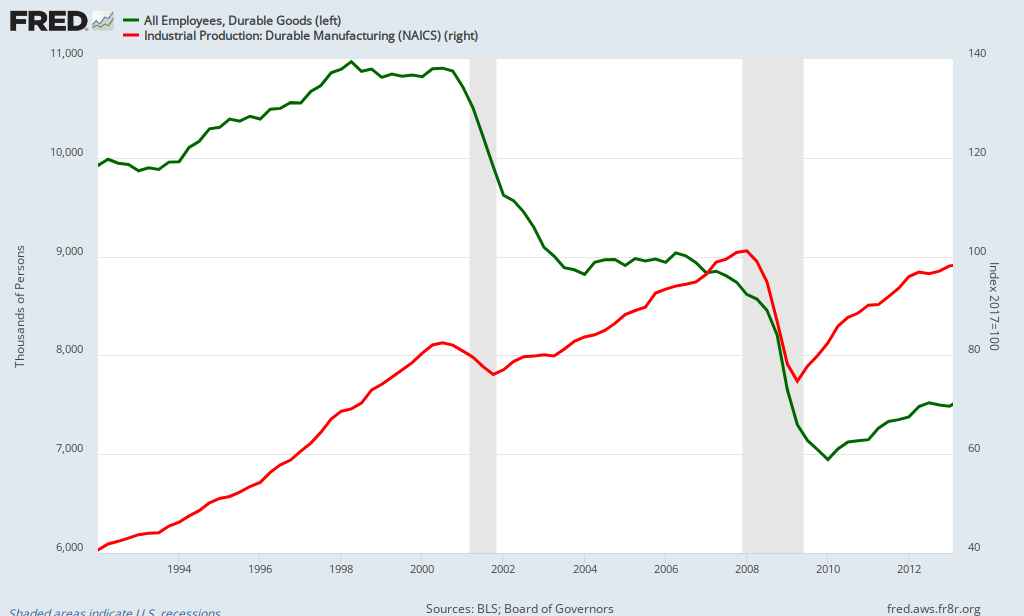I have had a couple of posts recently regarding the decline of fuel demand in the US and one of the contributors is a decline in the desire of today's teen to get a drivers license. Just saw this graphic today in the LA Times that accompanies an article about this trend:
| Source: LA Times |
In the 16 to 19 year old range that is quite a dramatic decline. According to data from the Federal Highway Agency, there were 9.1 million 16 to 19 year olds with drivers licences in 2010 and 11.2 million in 1983. That is a decrease of 2.1 million 16 to 19 year olds on the roads of America in the last 30 years.
I was curious as to how this downward trend might affect traffic deaths in this age range over this same time period. I found this graph:
 |
| Source: HERE |
Seems like evidence that the decrease in the number of teen drivers is the contributing factor in the decline in teen traffic deaths.
In doing cursory research (meaning just google searches) most government agencies cite many reasons for the decline in teen traffic accidents. Most often they take credit for various initiatives they have undertaken to educate teens on the dangers of driving or additional laws and enforcement.
Maybe. But maybe not. Perhaps cultural changes are more influential, as the article suggests.
Maybe is is just the emergence of the Smartphone. Needs fewer oil changes, I suppose.






